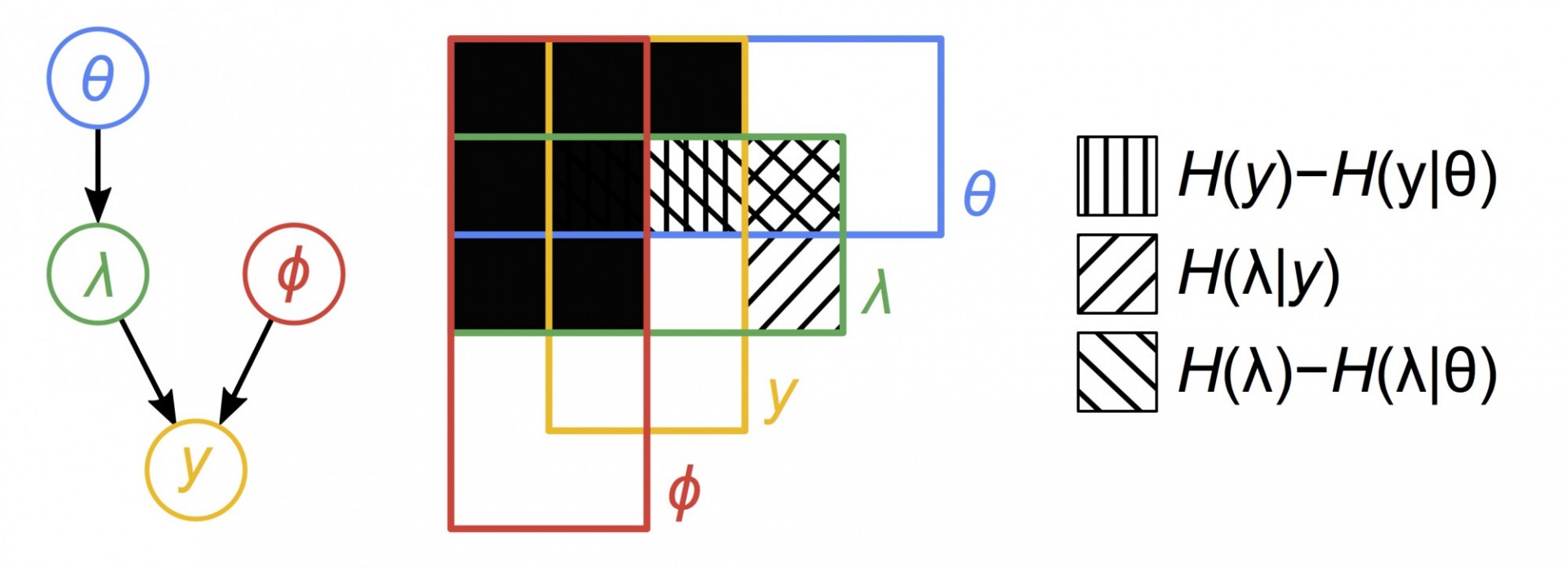For many problems in chemical engineering and the physical sciences, data is limited but models are strong. Building on recent advances in statistics, these models enable us to learn as much as possible—not from “big
data”—but from the “precious data” available. Even then, it is often necessary to perform additional—often costly—experiments to generate the data required for building accurate models that enable prediction and design. Ideally, we would like to select those experiments that are expected to teach us the most about the quantities of interest such as model parameters or relevant performance metrics. This framework has been employed on a resonant acoustic cell to characterize the frequency-dependent amplitude response, and on a chemical reaction network to find unknown rate constants in a simultaneous fashion. Both systems require 10 experiments or less to converge on hidden true values given noisy results using the developed information theoretic approach.

